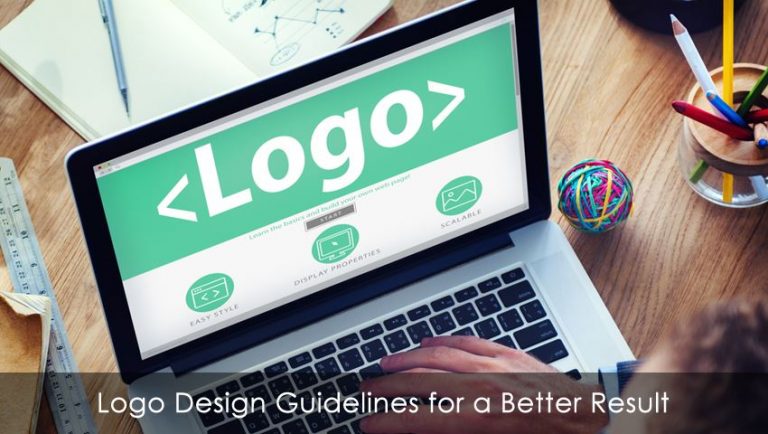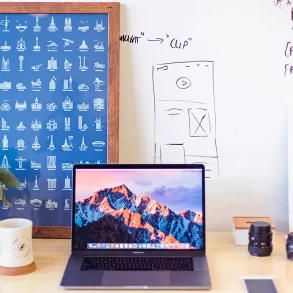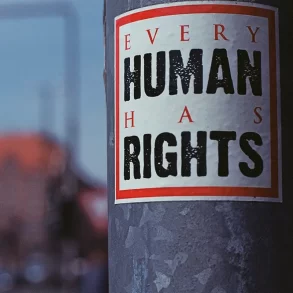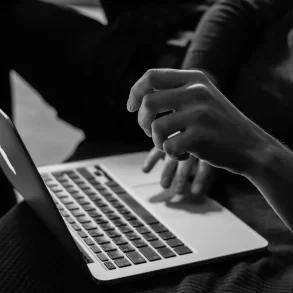Today we’ll share logo design guidelines to guide you. To make a logo that is truly effective, it needs a few key qualities. The logo must be relevant, it must be memorable, and it must withstand the test of time.
While it’s easy to list off these requirements, actually achieving them can be an entirely different story. There’s no way to know that a logo will be memorable at first glance, and no amount of market research can prepare you for the customer who writes in to say that your logo looks like something completely different when viewed upside-down.
If you’re a business owner or marketing specialist looking to get a logo designed for your own or your client’s business, or you want take a current logo to the next level through a hard round of modernization and re-branding, the first thing you need is a good designer. You have three options: contact an agency (which may be a bit redundant if you already work in marketing), find a freelancer or locate a crowd sourcing platform that works with your needs and your budget. Whether you decide to opt or by your cousin, this is the first step. Once you have someone on board to make your new logo sing, help them along the way with these guidelines.
Knowing What You Want Starts with the Business
When you come to a designer, whether it’s an agency, a single freelancer, a coalition of contractors or an online crowd of sources, you are obligated to know what you want. If you are a designer, this should be the first thing you ask a new client looking for help with the visual elements of their corporate identity.
Web Design: Factors that Influence Your Web-page Conversion RateHere’s the trick, agreed on by marketing specialists, designers, and even Smashing Magazine: you need to understand your business in order to have any idea what your logo should really do for you. While relevance isn’t the most important of the three qualities of an effective logo, it’s still extremely important overall. Your logo should tell a clear message, implying the industry to which your company belongs if not saying it outright, in a professional and visually appealing manner. Unless you’re a designer, you need to go into the design process with a clear understanding of what your business represents, what your business does, and the kind of imagery you would prefer versus imagery you want to avoid.
A Picture is Worth a Thousand Words
We’ve all heard the old saying, but it’s never been as true as when it’s used in reference to logo design. One thing many people assume is that establishing this kind of strong message through an image requires a massive amount of detail, bringing in photo realistic textures and complex line drawings in the first iteration of many logos. This isn’t even remotely true; the saying mentions a picture, singular, for a reason.
The key to an effective logo is simplicity, according to Noupe This not only ensures that the design will scale down well for use on things line business cards, brochures and other company literature, but helps make the logo itself easier to recognize and remember for customers, both current and prospective.
Adobe Photoshop CS6: Top Tricks and Tips for Efficient WorkflowA complex, intricate logo is visually impressive and may even be closer to a work of art than a marketing tool, but this style has proven to be less effective than more basic, simpler designs. Logos that lean more towards the flat and minimal have been trending in the design sphere for many years, recently exploding into the forefront—and with good reason. These images are still worth a thousand words, but don’t require the same nuanced variation you see in more complex logos, making them easier to recognize at a glance. Often, simple logos also stand out more from their more complex competitors by sheer virtue of color usage, so that’s another plus to keeping it simple.
You may prefer more complex designs, but this is the single most important marketing tool in your repertoire. It should be something you’re happy with and something that is highly effective, but effectiveness should always come first.
10 Best and Most Convenient Devices for Home Entertainment
Trust the Professionals
Remember that the designer is a professional in the field, so you need to be prepared for more in-depth questions and a decent amount of revision and criticism to your early drafts and concepts. If you could make a logo on your own, you wouldn’t need a designer. For designers, make sure that you ask your client for as many details as possible; include the emotions they want to invoke, how long they’ve been in business, their target audience and anything else that comes to mind during the conversation. The clearer a picture the client can create of their business, the clearer the intent of the logo you create will be.
At the end of the day, a logo is a form of communication. According to Chron, this is the “face” of your business, so make sure you’ve done all you can to make it as effective as possible before letting it loose on the world.
The Use of Tech in Today’s Rapidly Changing Business World







